| |
|
|
Botanical Name |
: |
Portulaca oleracea L. |
English
Name |
: |
Indian Purslane |
Family |
: |
Portulacaceae |
| |
General Info
| Description |
 |
|
An annual, prostrate or spreading, succulent, branched herb; quite glabrous; 10 to 50 cm long. The stems are often purplish. Leaves are fleshy and flat, obtuse, oblong-obovate, base cuneate, 1 to 2.5 cm long. Flowers is sessile, axillary and terminal, few-flowered heads, the heads solitary or cymose, the buds compressed. Petals five; yellow; about as long as the sepals. Stamens 8 to 12. |
| Herb Effects |
 |
|
Diuretic, tonic, vermifuge and contraceptive (seed); antigonorrheic, purifies blood, antibacterial, antiscorbutic, depurative, diuretic and febrifuge (plant); analgesic, anthelmintic, gently laxative, astringent, tonic (to the heart), demulcent, emollient, hemostatic, reduces fever and diaphoretic. |
Chemistry
| Active Ingredients |
 |
|
Nicotinic acid and tocopherol (aerial part); adrenaline, alpha-linolenic acid, ascorbic acid, beta-carotene, caffeic acid, dopamine, eicosapentaenoic-acid, ferulic acid, tocopherol (plant); oleracins I and II (stem); beta-sitosterol (seed); betulinic acid (stem bark) |
| Chemistry
of Active Ingredients |
 |
|
|
 |
Name |
CAS# |
IUPAC Name |
Formula |
Structure |
 |
|
| Nicotinic acid |
99148-57-9 |
pyridine-3-carboxyli
c acid |
C6H5NO2 |
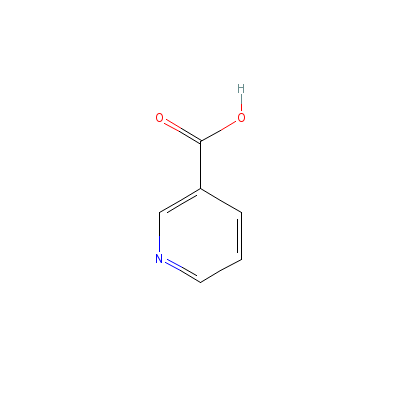
|
| Tocopherol |
59-02-9 |
2,5,7,8-tetramethyl-
2-(4,8,12-trimethylt
ridecyl)chroman-6-ol |
C29H50O2 |
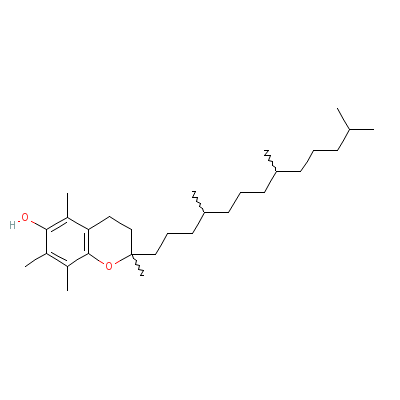
|
| Adrenaline |
51028-73-0 |
4-(1-hydroxy-2-methy
lamino-ethyl)benzene
-1,2-diol |
C9H13NO3 |
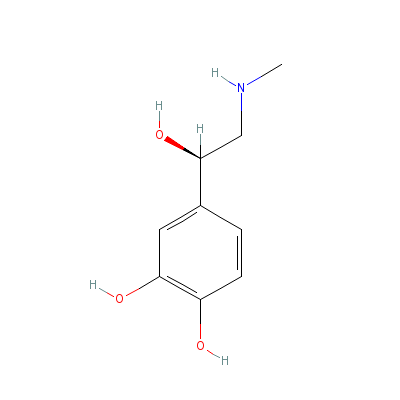
|
| alpha-Linolenic acid |
94138-91-7 |
octadeca-9,12,15-tri
enoic acid |
C18H30O2 |

|
| Ascorbic acid |
Not Available |
2-(1,2-dihydroxyethy
l)-4,5-dihydroxy-fur
an-3-one |
C6H8O6 |

|
| beta-Carotene |
Not Available |
3,7,12,16-tetramethy
l-1,18-bis(2,6,6-tri
methyl-1-cyclohexeny
l)-octadec
a-1,3,5,
7,9,11,13,15,17-nona
ene |
C40H56 |

|
| Caffeic acid |
Not Available |
3-(3,4-dihydroxyphen
yl)prop-2-enoic acid |
C9H8O4 |
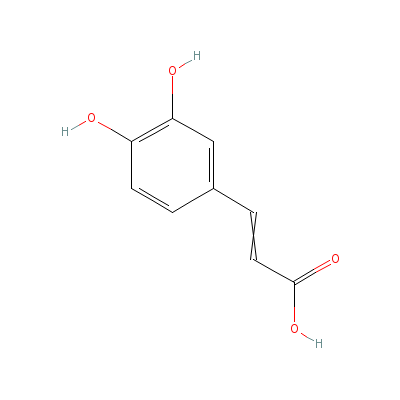
|
| Dopamine |
62-31-7 |
4-(2-aminoethyl)benz
ene-1,2-diol |
C8H11NO2 |

|
| Ferulic acid |
24276-84-4 |
3-(4-hydroxy-3-metho
xy-phenyl)prop-2-eno
ic acid |
C10H10O4 |
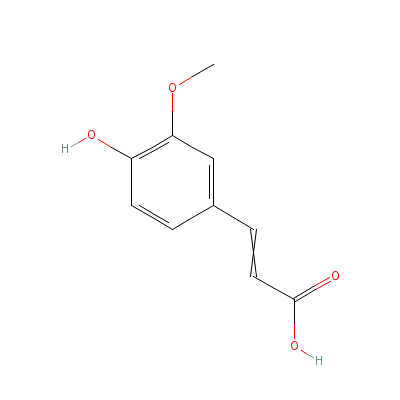
|
| Tocopherol |
59-02-9 |
2,5,7,8-tetramethyl-
2-(4,8,12-trimethylt
ridecyl)chroman-6-ol |
C29H50O2 |

|
| beta-Sitosterol |
5779-62-4 |
17-(5-ethyl-6-methyl
-heptan-2-yl)-10,13-
dimethyl-2,3,4,7,8,9
,11,12,14,
15,16,17
-dodecahydro-1H-cycl
openta[a]phenanthren
-3-ol |
C29H50O |
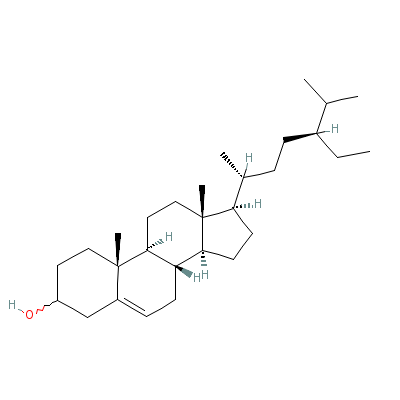
|
| Betulinic Acid |
4481-62-3 |
Not Available |
C30H46O3 |
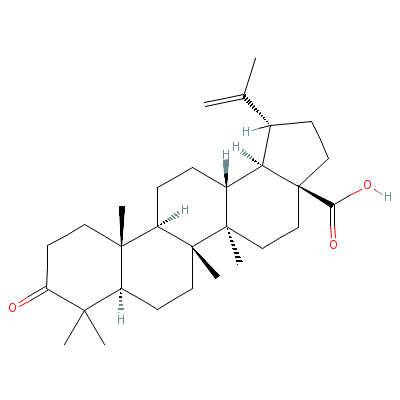
|
|
Pharmacology
| Medicinal Use |
 |
|
For maladies of the ear, spleen, kidney and liver, anitgonorrheic and purifying blood (plant); burns, diabetes, diarrhea, dysentery, indigestion, hypotension, insomnia, ophthalmia, heart palpitations, scurvy, skin ailments (plant); in preventing heart attacks and strengthening the immune system, applied to burns (leaves); in the treatment of strangury, coughs, sores etc and are particularly effective in the treatment of skin diseases and insect stings (plant juice); to earaches, to alleviate insect stings (leaf juice); in dyspepsia, worm troubles and opacities of the cornea (seed). |
| Contraindication |
 |
|
Oxalate and nitrate poisoning may occur if used in large quantities. Individuals with a history of kidney stones should use this herb with caution. |
| Reference |
 |
|
 Chandel et al., Biodiversity in Medicinal and Aromatic Plants in India. Chandel et al., Biodiversity in Medicinal and Aromatic Plants in India.
Johnson T. CRC Ethnobotany Desk Reference (www.herbweb.com/herbage). |
Dealers
Products
|
|